Tensions between the United States and China over certain economic and trade issues are not likely to be resolved soon, argues David Dollar. Therefore, it is a good thing that China has a talented group of financial technocrats who can maintain financial calm in an otherwise stormy sea. This piece originally appeared in The Hill.
Chinese economist Yi Gang has become well known in international economic circles in recent years as deputy governor of the People’s Bank of China. Hence it was reassuring that he was promoted to replace retiring Governor Zhou Xiaochuan.
Yi’s promotion is something of a surprise because he has studied and worked in the U.S. and never served in the provinces, a normal prerequisite for promotion to this level. China’s National People’s Congress (NPC) also made several other moves relevant to the financial sector.
Liu He was appointed vice premier with responsibility for the sector. The banking and insurance regulators were merged to ensure consistency in the regulation of different financial products. Guo Shuqing will be the head of the enlarged regulator. Liu, Guo and Yi are all Western-trained and form a strong technocratic team to tame the growing financial risks in China.
While the personnel moves are encouraging, keep in mind that there is a different set of vice premiers and ministers dealing with the domestic economy and China’s industrial policy. There was nothing in the various speeches at the NPC and in President Xi’s behavior up to now to suggest that there will be any dramatic reform and opening of the economy.
Xi continues to pursue industrial policy goals to establish China as a global leader in a range of new industries. Specifically, Xi’s “Made in China 2025” program aims to make the country the technology leader in 10 priority sectors:
- new advanced information technology;
- automated machine tools and robotics;
- aerospace and aeronautical equipment;
- maritime equipment and high-tech shipping;
- modern rail transport equipment;
- new-energy vehicles and equipment;
- power equipment;
- agricultural equipment;
- new materials; and
- biopharma and advanced medical products.
These sectors will be supported by financing from state-owned institutions and protected from open competition.
In this environment, the new financial team can implement measures such as increased capital buffers for banks, consistent regulations across financial products, tighter regulation of shadow banking and a reduced rate of growth of total credit.
It is likely that GDP growth will moderate somewhat. Without larger market reforms, however, China will probably face a tension between the needed moves in the financial sector and maintaining an acceptable growth rate around 6.5 percent.
Monetary tightening will expose the essential bankruptcy of some state enterprises, particularly at the local level. It would be good for China’s financial health to let these firms exit, but it will be a difficult political decision.
Still, China can reasonably pursue financial stability while at the same time implementing its industrial policy through market-access restrictions and some directed credit. A top-quality group of financial regulators does not necessarily mean that China will abandon its industrial policy and open up the economy.
China’s success in pursuing financial stability combined with industrial policy will be affected by the trade actions of the U.S. On the sidelines of the G-20 finance ministers meeting in Buenos Aires, Treasury Under Secretary David Malpass made news when he said that he had ended the Comprehensive Economic Dialogue with China.
The Treasury Department quickly backtracked, indicating that dialogue with China will continue. But the heart of the message is that the U.S. is disappointed in the outcomes of the formal dialogues that have been carried out since the George W. Bush administration and sees China as moving away from market-oriented reforms.
The administration meanwhile is preparing penalties to follow up its Section 301 investigation of China’s unfair trade practices, including IP theft and forced technology transfer.
It is likely that the penalties will include further restrictions on Chinese investment in the U.S., which makes sense given that Chinese restrictions on investment in their market is one of the key instruments of forced technology transfer.
Also under consideration are restrictions on visas for Chinese students and scholars; the rationale for this is harder to understand, as education is a key export of the U.S., and foreign students contribute to the dynamism and excellence of U.S. universities.
The big question hanging over 301 is what trade penalties the administration will impose. The dilemma here is that anything small is just symbolic and anything large will be disruptive to the U.S. and world economies.
Given modern value chains, the “Chinese” products that the U.S. imports have a lot of value added from U.S. firms and allies such as Japan, South Korea and Taiwan.
The U.S. has a number of key exports to China, and many large multinationals earn substantial profits producing and selling in China. Clearly, there is significant corporate resistance to large-scale protectionism. American companies would like the U.S. government to negotiate market opening in China, but most do not want a trade war.
If the U.S. does take protectionist measures, such as an across-the-board import tariff on Chinese products, we can be sure that China will retaliate by shifting its purchases of products from aircraft to soybeans and by closing the door more tightly on opportunities for U.S. hi-tech firms.
While there is no easy solution to opening Chinese markets, ironically, the Trump administration took off the table one of its best chips: The Trans-Pacific Partnership (TPP). The TPP was designed to address the key areas in which China’s behavior is a problem: services trade, open investment and IPR.
While there is no easy solution to opening Chinese markets, ironically, the Trump administration took off the table one of its best chips: The Trans-Pacific Partnership (TPP).
If that agreement were implemented, along with a similar one with Europe, that would create a large and open market that excluded China. We should not expect China’s behavior to change quickly, but the success of such an arrangement would have created an incentive for China to reform and eventually join.
That would be a long game and not satisfying to American politicians who want quick wins. But the U.S. does not have the leverage to get big wins from China, and any attempts to unilaterally pressure the Chinese into abandoning their industrial policies run the risk of sparking a trade war, which will be “lose-lose.”
Given that these tensions are not likely to be resolved soon, it is a good thing that China has a talented group of financial technocrats who can maintain financial calm in an otherwise stormy sea.
The Brookings Institution is committed to quality, independence, and impact.
We are supported by a diverse array of funders. In line with our values and policies, each Brookings publication represents the sole views of its author(s).

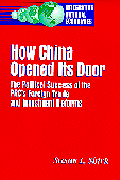
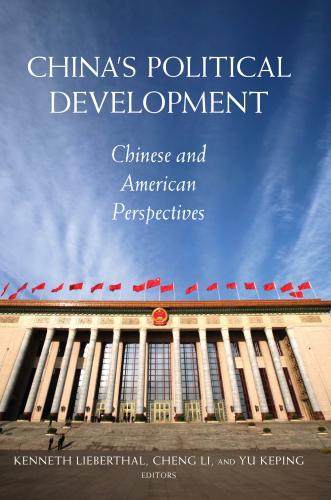
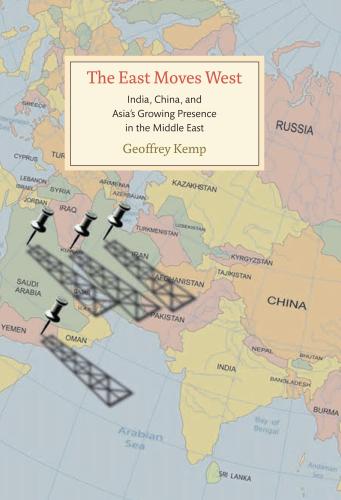
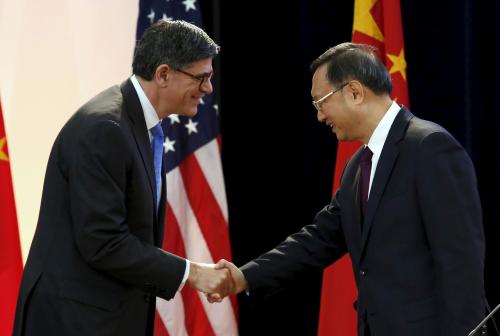
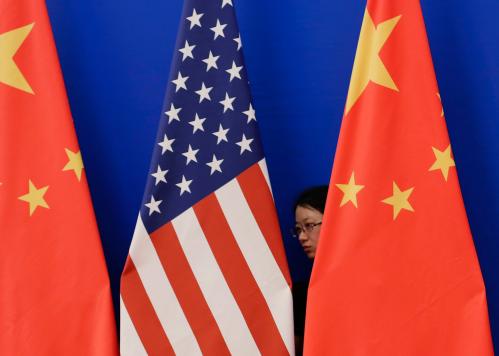
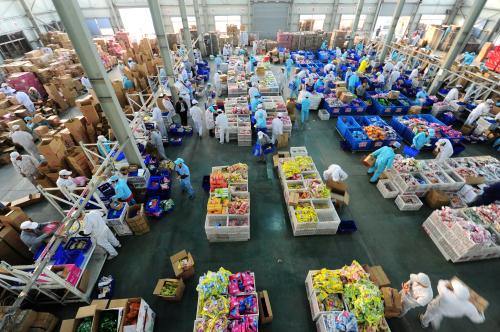


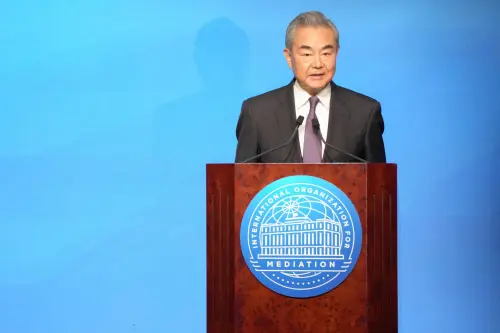

Commentary
China taps top technocrat as new central bank chief
March 22, 2018